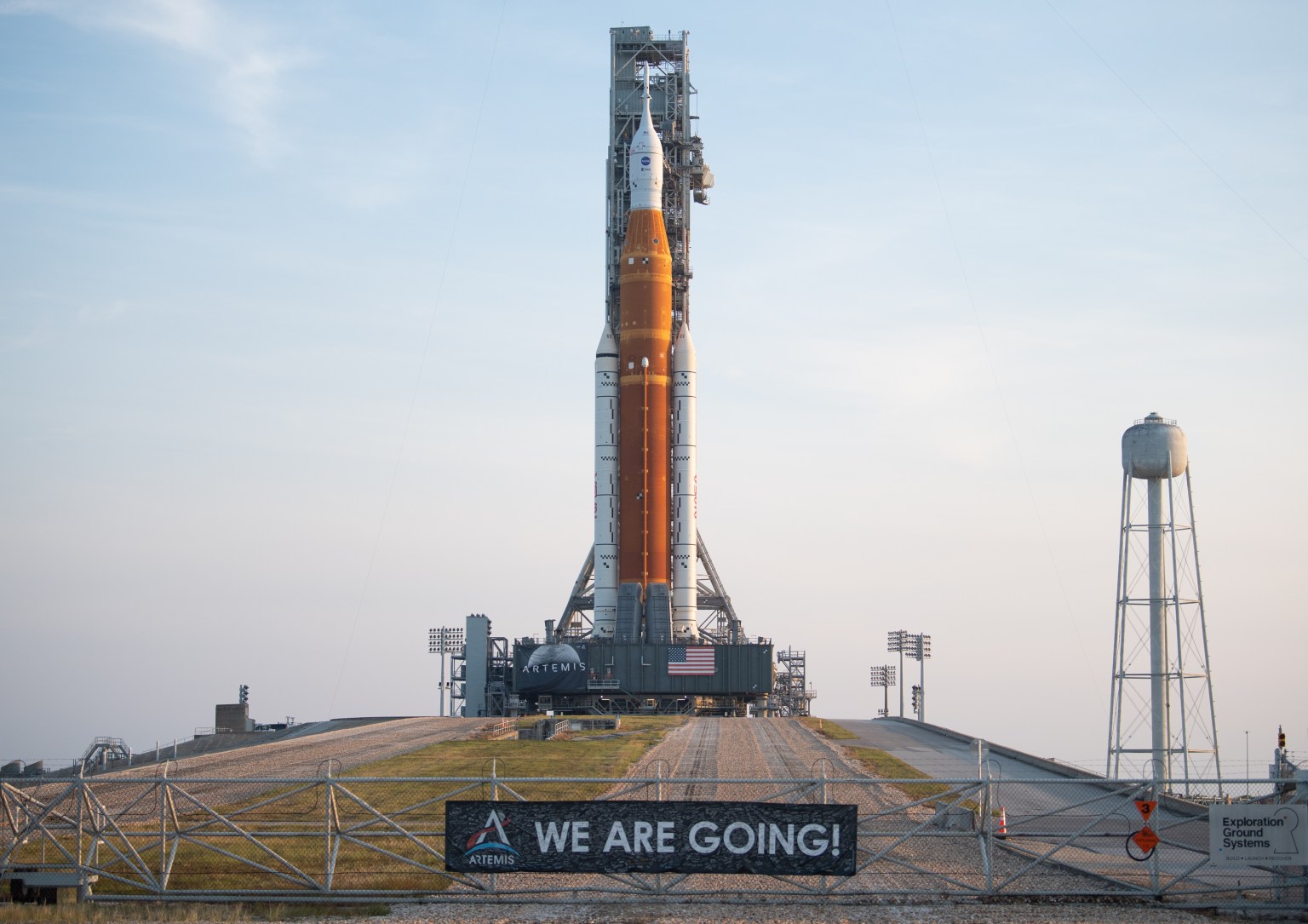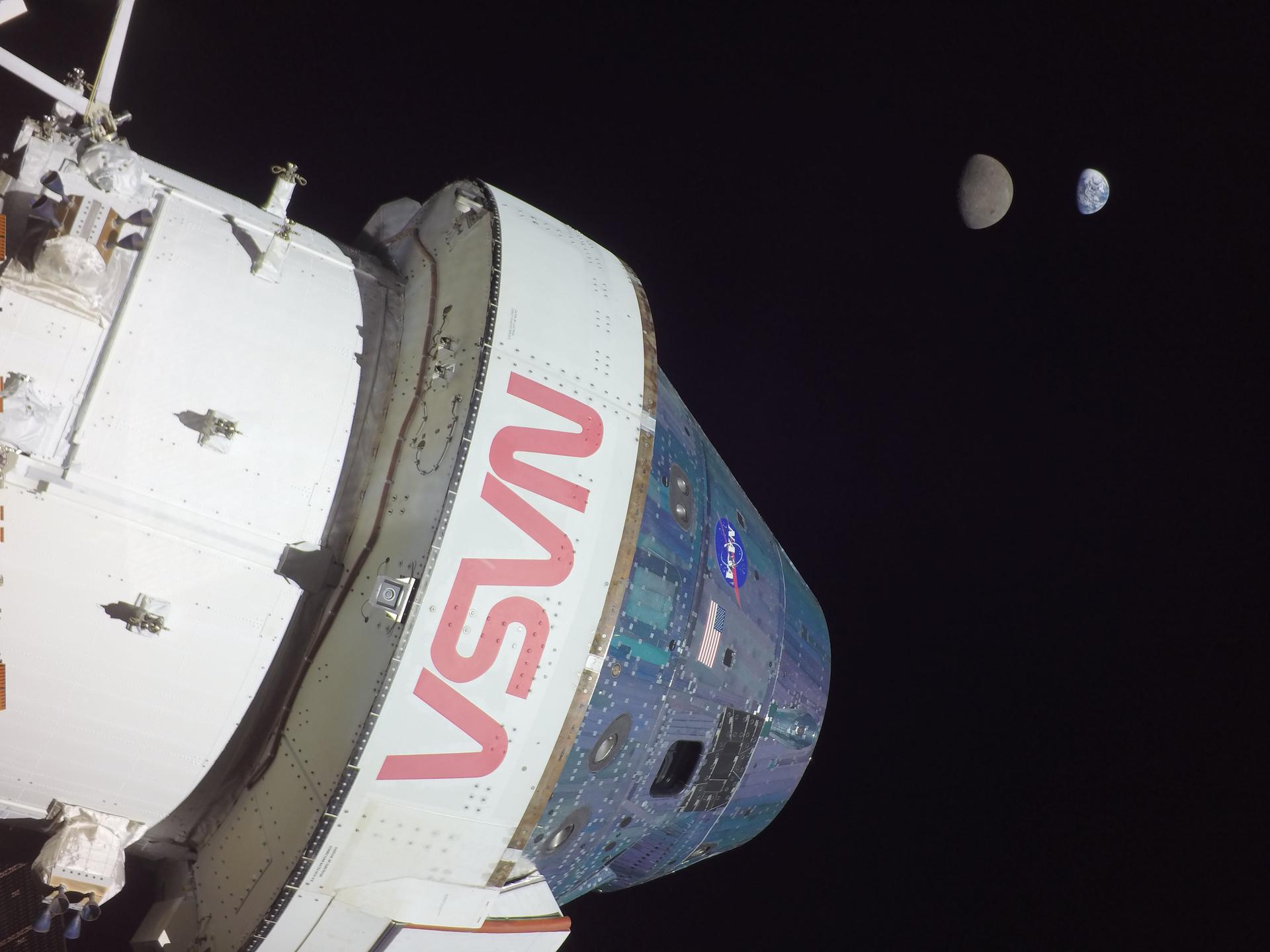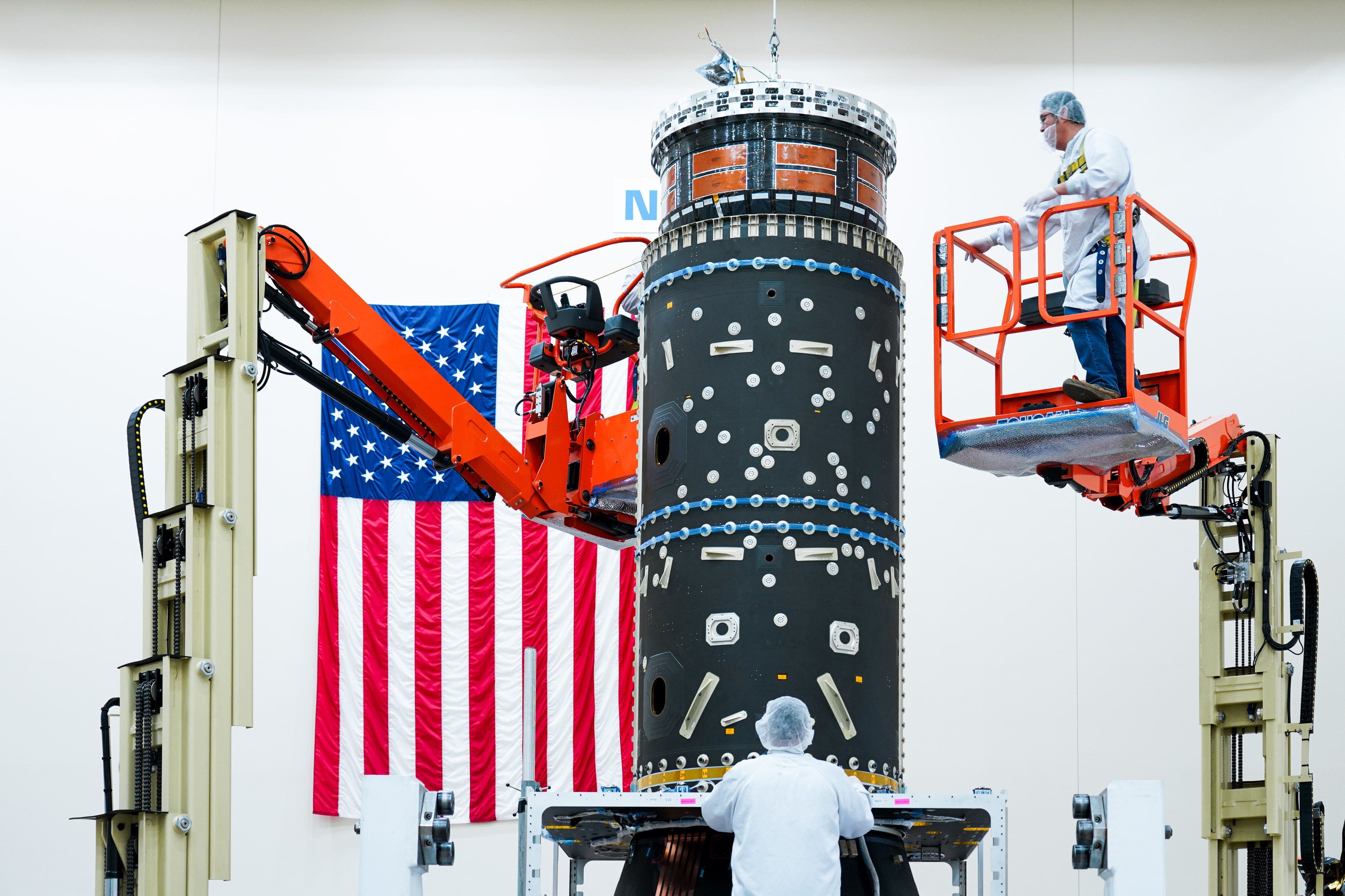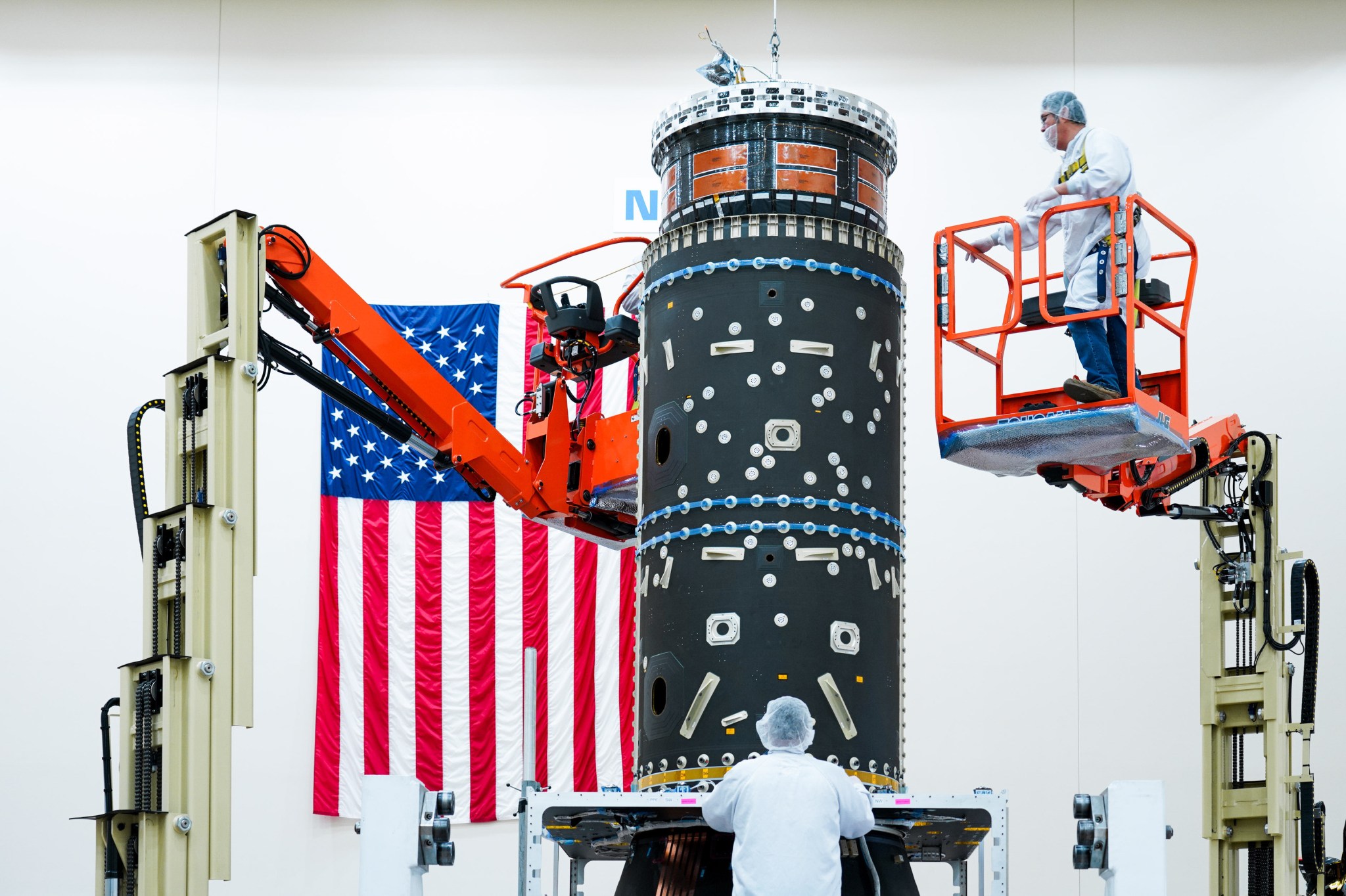 Technicians carefully install a piece of equipment to house Gateway’s xenon fuel tanks, part of its advanced electric propulsion system. Gateway’s Power and Propulsion Element, which will make the lunar space station the most powerful solar electric spacecraft ever flown, recently received the xenon and liquid fuel tanks for its journey to and around the Moon.
Technicians carefully install a piece of equipment to house Gateway’s xenon fuel tanks, part of its advanced electric propulsion system. Gateway’s Power and Propulsion Element, which will make the lunar space station the most powerful solar electric spacecraft ever flown, recently received the xenon and liquid fuel tanks for its journey to and around the Moon.
Technicians in Palo Alto, California carefully install a piece of equipment that will house the tanks. Once fully assembled and launched to lunar orbit, the Power and Propulsion Element’s roll-out solar arrays – together about the size of an American football field endzone – will harness the Sun’s energy to energize xenon gas and produce the thrust to get Gateway to the Moon’s orbit where it will await the arrival of its first crew on the Artemis IV mission.
The Power and Propulsion Element will also carry the European Radiation Sensors Array science experiment provided by ESA (European Space Agency) and JAXA (Japan Aerospace Exploration Agency), one of three Gateway science experiments that will study solar and cosmic radiation. The little understood phenomenon is a chief concern for humans and hardware journeying to deep-space destinations like Mars and beyond.
The Power and Propulsion Element is managed out of NASA’s Glenn Research Center in Cleveland, Ohio and built by Maxar Space Systems of Palo Alto, California.
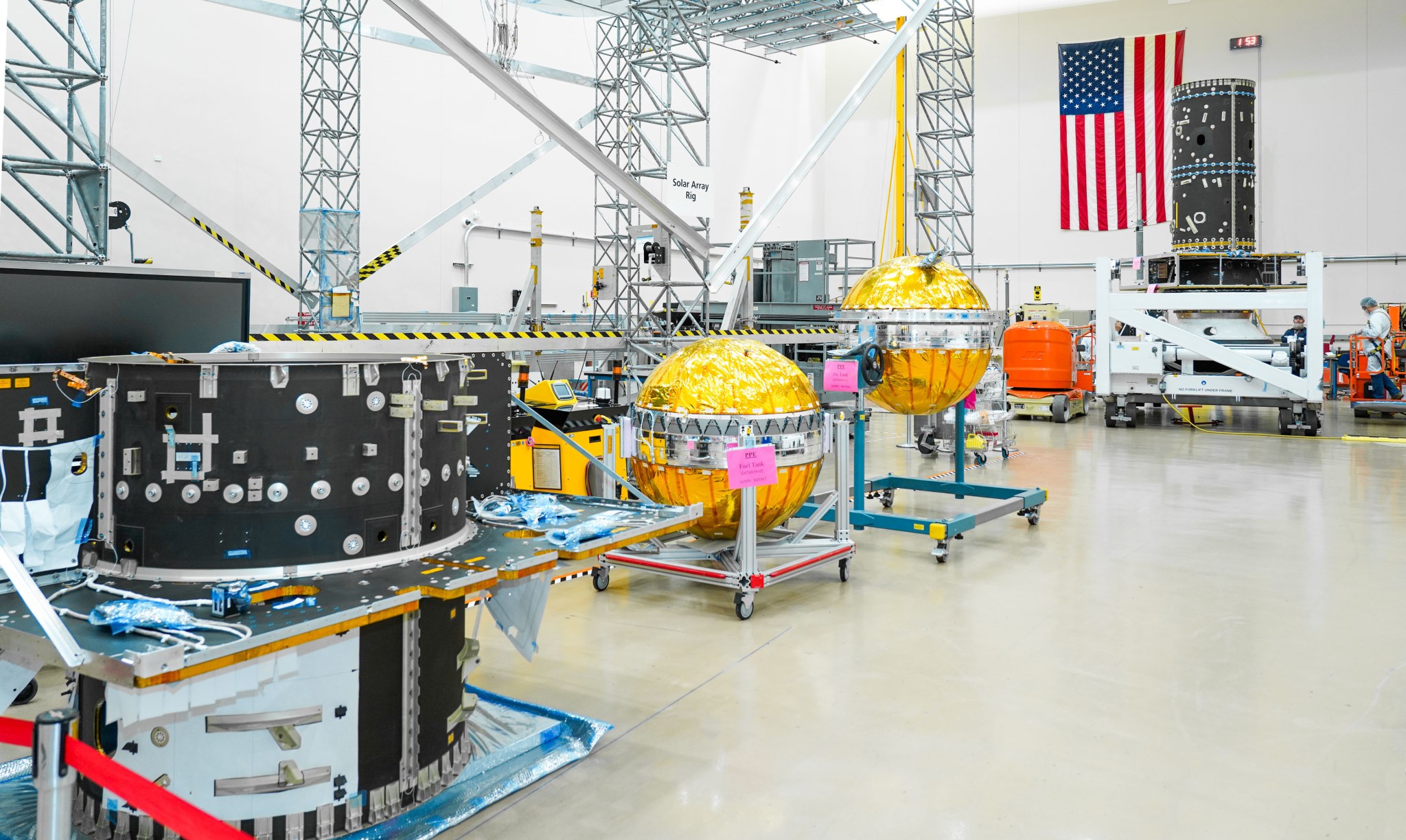 Hardware for the Gateway space station’s Power and Propulsion element, including its primary structure and fuel tanks ready for assembly, are shown at Maxar Space Systems in Palo Alto, California.Maxar Space Systems
Hardware for the Gateway space station’s Power and Propulsion element, including its primary structure and fuel tanks ready for assembly, are shown at Maxar Space Systems in Palo Alto, California.Maxar Space Systems 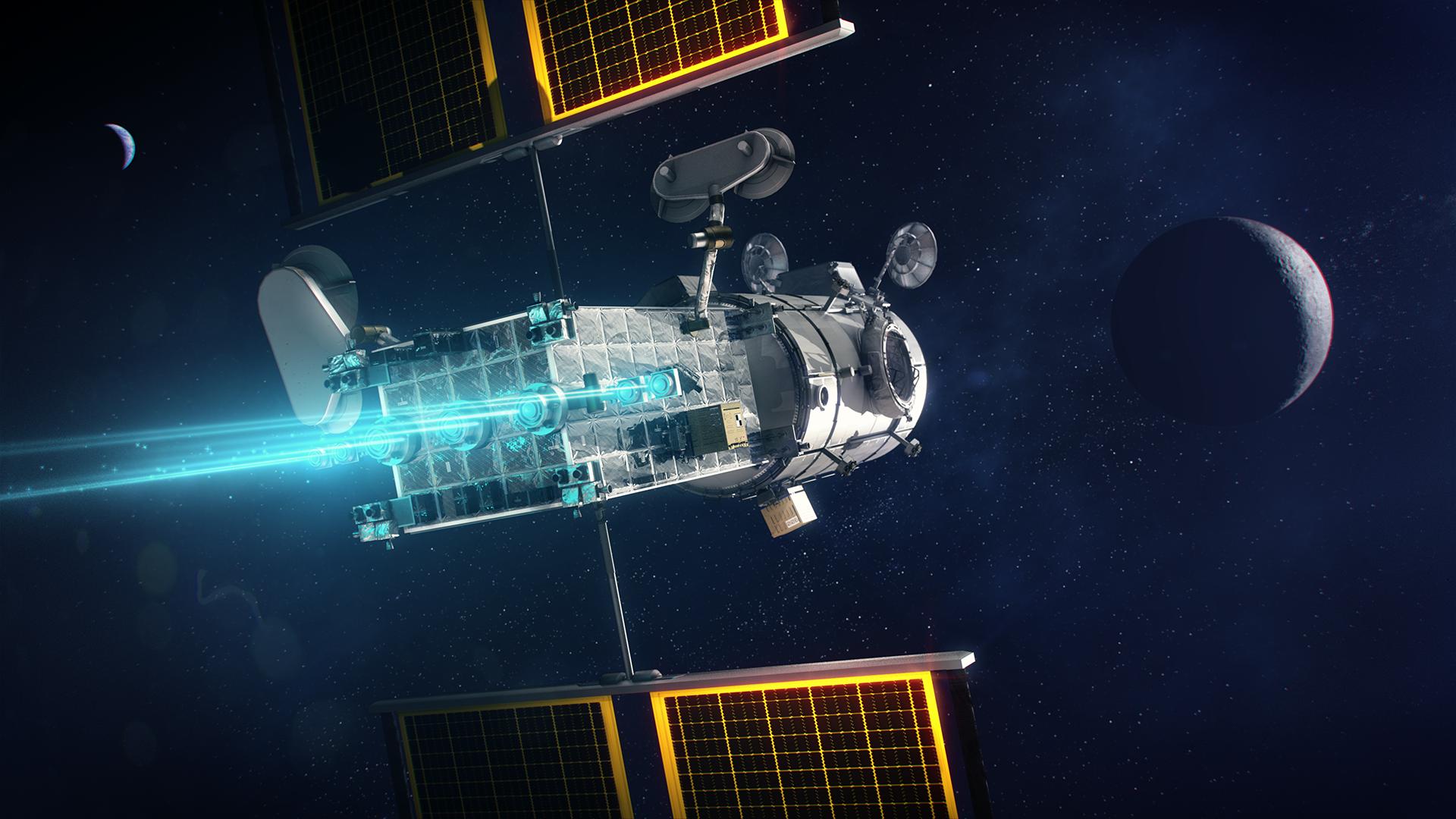 An artist’s rendering of the Gateway space station’s Power and Propulsion Element.NASA/Alberto Bertolin
An artist’s rendering of the Gateway space station’s Power and Propulsion Element.NASA/Alberto Bertolin  A type of advanced electric propulsion system thruster that will be used on Gateway glows blue as it emits ionized xenon gas during testing at NASA’s Glenn Research Center.NASA
A type of advanced electric propulsion system thruster that will be used on Gateway glows blue as it emits ionized xenon gas during testing at NASA’s Glenn Research Center.NASA 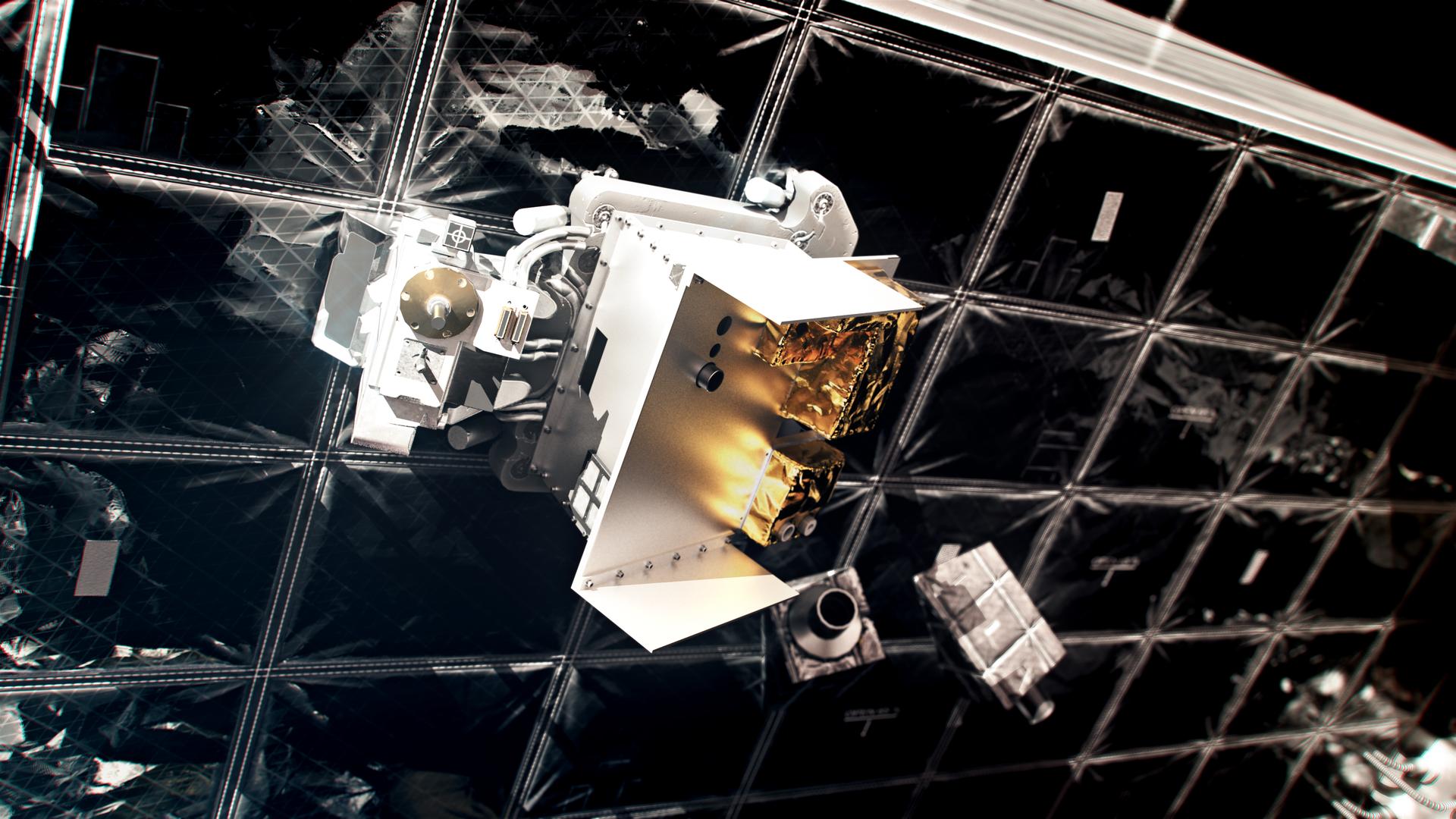
Keep Exploring Discover More Topics From NASA Space Launch System (SLS)
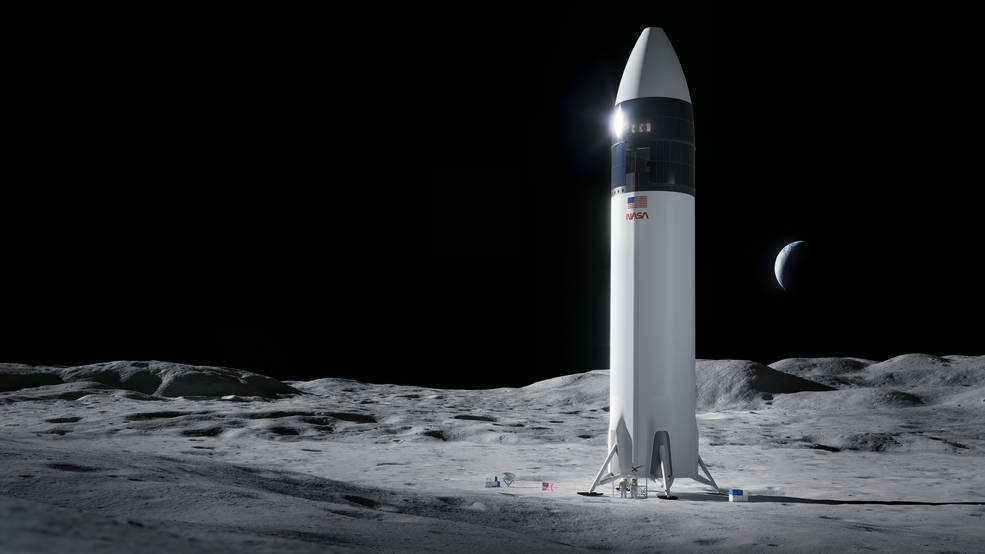


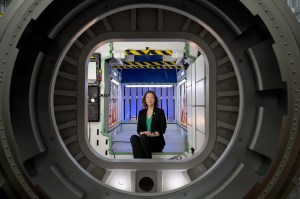 3 min read Gateway: Centering Science Gateway is set to advance science in deep space, bringing groundbreaking research opportunities to lunar…
3 min read Gateway: Centering Science Gateway is set to advance science in deep space, bringing groundbreaking research opportunities to lunar…
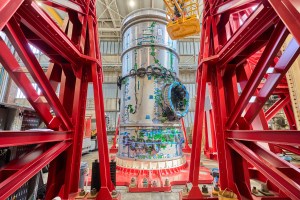 1 min read Gateway Stands Tall for Stress Test The Gateway space station’s Habitation and Logistics Outpost has successfully completed static load testing in…
1 min read Gateway Stands Tall for Stress Test The Gateway space station’s Habitation and Logistics Outpost has successfully completed static load testing in…
 3 min read Gateway: Up Close in Stunning Detail Witness Gateway in stunning detail with this video that brings the future of lunar exploration…
3 min read Gateway: Up Close in Stunning Detail Witness Gateway in stunning detail with this video that brings the future of lunar exploration…
